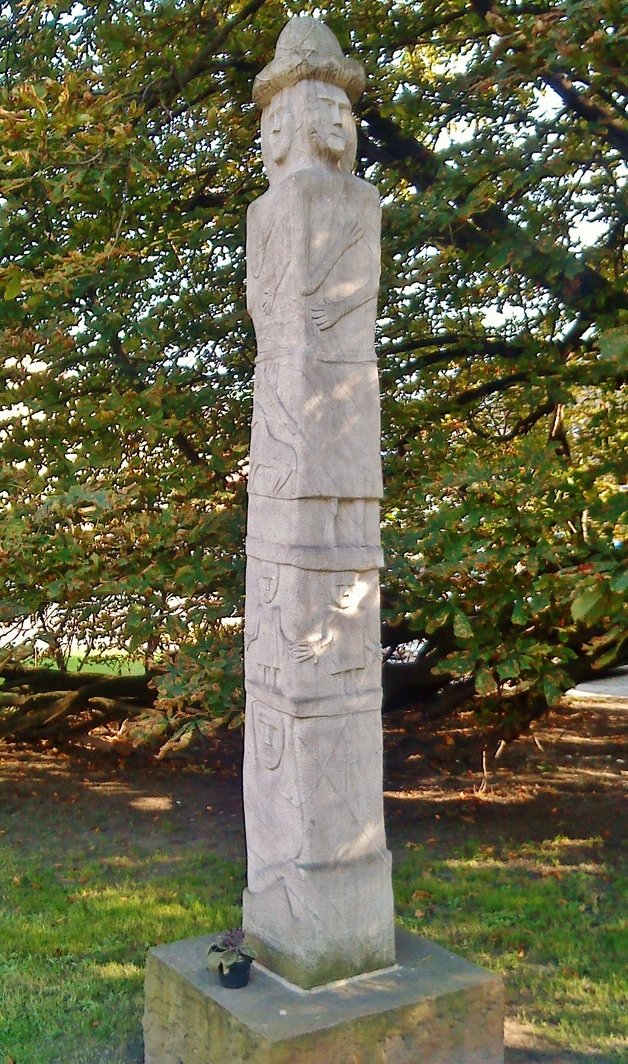 If you’re admiring Wawel Castle, you might notice the strange, battered sculpture in front of it at Plac Bernardyński. That’s a replica of the ‘Zbruch Idol,’ a rare and coveted archaeological treasure from the 9th century. Why so rare? This is one of the most important Slavic artefacts in the world - the only sculpture in existence believed to depict a Slavic god. For that reason, you’ll find replicas of the Zbruch Idol in many museums, however Kraków has the distinction of housing the original idol in its fine Archaeological Museum (ul. Poselska 3).
If you’re admiring Wawel Castle, you might notice the strange, battered sculpture in front of it at Plac Bernardyński. That’s a replica of the ‘Zbruch Idol,’ a rare and coveted archaeological treasure from the 9th century. Why so rare? This is one of the most important Slavic artefacts in the world - the only sculpture in existence believed to depict a Slavic god. For that reason, you’ll find replicas of the Zbruch Idol in many museums, however Kraków has the distinction of housing the original idol in its fine Archaeological Museum (ul. Poselska 3).Commonly associated with the god of war, Światowid, the deity didn’t do a very good job defending himself when crusaders tossed him into the Zbruch river during the Christianisation of the East Slav tribes in today’s Ukraine. Discovered during a drought near the village of Liczkowce in 1848, the narrow, four-sided, 2.7 metre high limestone pillar has three tiers of badly-weathered bas-reliefs etched on it. The bottom tier shows a kneeling, bearded figure supporting the upper tiers with his hands. The smaller middle tier shows a figure with arms extended, while the large top section has a head on each side, united under a Slavic nobleman’s hat. Each figure possesses a different object: a ring, a drinking horn and tiny child, a sword and horse, and a solar symbol. While interpretations differ, many believe these tiers represent the three levels of the world, with the largest being that of the gods. Others speculate the stone represents four separate Slavic gods, not one, while some claim the very fact that it is made out of stone, not wood, makes it altogether non-Slavic.


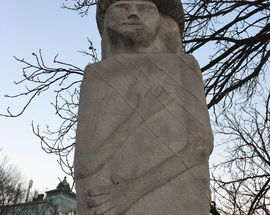
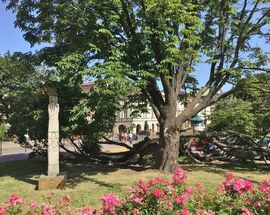
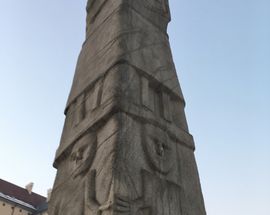
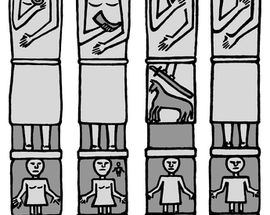
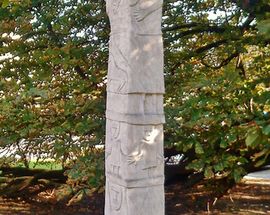
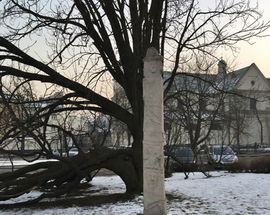

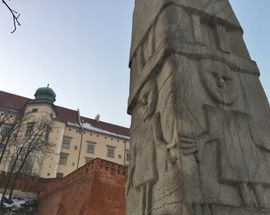

Comments